When shopping for End of Arm Tooling (EOAT), you have a variety of choices. Each option plays a crucial role in enhancing the efficiency and productivity of your manufacturing line. EOATs include devices like grippers, welders, and suction cups, each suited to different tasks.
This guide will help you understand the cost factors associated with these tools, from basic to advanced setups. By the end of this guide, you’ll be equipped to make informed decisions, ensuring you invest in the right tool at a fair price, maximizing your return on investment.
What is an End of Arm Tool?
An End of Arm Tool (EOAT) is essentially the “hand” at the end of a robotic arm, designed to perform specific tasks in manufacturing processes. It is the critical part that interacts with components and materials, enabling precision and efficiency in automation.
Function:
EOATs can handle a variety of tasks like gripping, welding, and moving objects. They allow a single robot to adapt to different roles across production lines, increasing the robot’s functionality. By swapping out EOATs, a robot can switch from assembling parts to packaging products quickly and easily.
Significance in Automation:
EOATs are key to automating tasks that require detailed precision or involve risks to human workers. They enhance production speed, improve product quality, and ensure consistent results. This makes them vital for increasing efficiency and safety in manufacturing environments, pushing industries towards more advanced automation solutions.
Common Types of EOATs:
Grippers:
Grippers are the most versatile EOAT, designed to mimic the action of a human hand. They can handle a wide range of materials, including metal, plastic, and delicate items. You’ll find grippers useful in assembly lines, packaging, and material handling operations. Their adaptability makes them ideal for industries from automotive to electronics, where precise handling of diverse components is crucial.
Welders:
Welding EOATs are specialized for tasks that involve joining metal parts through various welding processes like spot or arc welding. In automotive manufacturing, welders play a key role in assembling vehicle bodies and other metal components efficiently. These tools are pivotal in ensuring high-strength joins, critical for structural integrity and product durability.
Suction Cups:
Suction cups are perfect for handling smooth, non-porous items such as glass, plastics, and ceramics. They are commonly used in applications like pick-and-place systems, where they move items from one part of a production line to another without damage. Industries that benefit greatly from suction cups include packaging, where they help in boxing products, and electronics, for placing screens or panels.
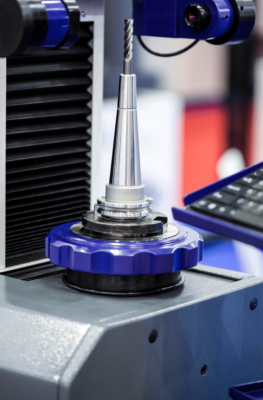
Factors Influencing EOAT Pricing:
Material & Build Quality:
Materials used in End of Arm Tools directly affect their cost and durability. Metal EOATs, which offer superior durability and strength, generally cost 20-30% more than those made from plastics or composites. While metal is preferred for heavy-duty applications, plastics and composites are less expensive and better suited for lighter, less intensive tasks. The choice of material should balance cost with the required durability for your specific operations.
Complexity & Customization:
The more complex and customized the EOAT, the higher the cost. Custom designs tailored for specific applications can increase costs by 25-50% or even more, depending on the specificity and engineering required. For instance, EOATs designed for precise tasks in industries like pharmaceuticals or electronics might involve unique materials and intricate designs, significantly raising prices. These investments, however, are typically offset by the increased efficiency and task-specific optimization they provide.
Technology Integration:
Integrating advanced technologies such as sensors, artificial intelligence, or machine learning can increase the cost of EOATs by 30-60%. These technologies enhance the EOAT’s capabilities, enabling more sophisticated functions like real-time adjustments, precision handling, and complex decision-making processes. Although these features entail a higher upfront cost, they can lead to substantial savings over time through improved productivity and reduced error rates.
Brand & Manufacturer Reputation:
Choosing EOATs from well-known brands or reputable manufacturers often comes with a premium that can range from 15-25% higher than lesser-known brands. This premium includes benefits like enhanced reliability, superior customer support, and access to a comprehensive range of parts and accessories. Although the initial investment is higher, the long-term benefits such as lower maintenance costs and reliable performance can provide significant value.
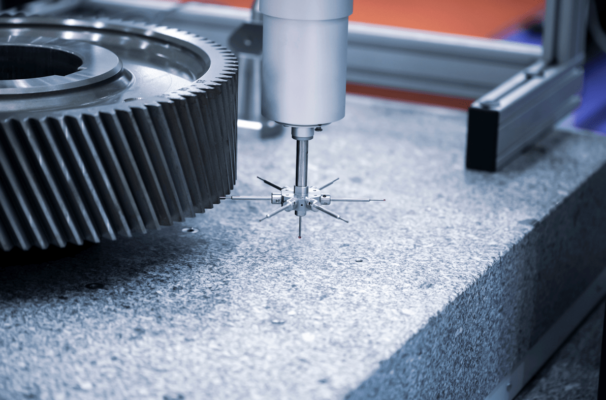
Average Price Ranges for End of Arm Tooling:
Basic EOAT Solutions:
For basic applications, EOATs like simple grippers or suction cups are typically the most affordable options. Prices for these entry-level tools can range from $200 to $1,000. These tools are generally made from less expensive materials like plastics and are designed for straightforward tasks such as simple pick-and-place operations. The lower cost makes them accessible for small-scale or less demanding applications.
Mid-Range EOAT Solutions:
Mid-range EOATs, which include more durable materials and can handle moderately complex tasks, generally cost between $1,000 and $3,000. These tools might include basic sensors or programmable capabilities that allow for a degree of customization and greater versatility. They are suitable for industries that require a bit more precision or durability in their operations, such as automotive parts handling or packaging of consumer goods.
Advanced EOAT Solutions:
Advanced EOATs, equipped with high-tech features like advanced sensors, AI integration, or specialized materials for high-strength applications, can range from $3,000 to over $10,000. These EOATs are designed for complex and critical tasks, such as precision assembly in electronics or heavy-duty applications in metal fabrication. The high cost reflects the advanced technology and the customization required to meet specific industry needs.
Impact of Factors on Pricing:
The type of material, level of customization, and technological integration are key factors that drive the cost of EOATs across this spectrum. For instance, the use of metal and composites in place of plastic can increase costs due to better durability and performance. Similarly, customization to fit specific production needs can significantly increase prices, especially when tailored designs are necessary for unique applications. Finally, the integration of sophisticated technologies like AI and advanced sensing capabilities can push the price towards the upper end of the range, reflecting the increased capabilities and efficiencies these technologies bring.
Cost-Efficiency & ROI of End of Arm Tooling:
Boosting Operational Efficiency:
Investing in the right End of Arm Tooling (EOAT) can significantly enhance your production line’s efficiency. Automated tools like robotic grippers work faster and more accurately than humans, especially in repetitive tasks such as assembly or packaging. This automation not only speeds up your production process but also reduces errors and material waste, leading to substantial cost savings.
Quick Return on Investment (ROI):
The ROI from EOAT can be impressive, thanks to increased productivity and reduced costs. For example, if a company spends $5,000 on a new EOAT system that doubles the speed of their packaging line, leading to an extra $10,000 in monthly sales, the ROI would look like this:
- Initial Investment: $5,000
- Additional Monthly Profit: $10,000
- ROI: 200% (Calculated as Additional Monthly Profit divided by Initial Investment)
- Payback Period: 0.5 months (Calculated as Initial Investment divided by Additional Monthly Profit)
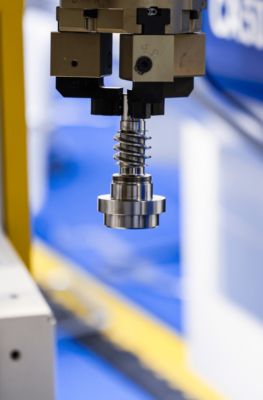
Additional Costs to Consider for End of Arm Tooling
Installation & Integration:
Adding End of Arm Tooling (EOAT) to your existing robotic systems comes with extra costs for installation and setup. These costs generally range from $500 to $2,500, covering the technical work needed to ensure the EOAT works smoothly with your current equipment. It’s important to plan for these costs to ensure a successful integration.
Maintenance & Repairs:
Keeping your EOAT in top condition requires regular maintenance, which can cost between $100 and $500 per year for basic upkeep. If your EOAT is used heavily or is more complex, repair costs could rise, possibly exceeding $1,000 annually. Regular maintenance helps extend the life of your EOAT and ensures it performs well.
Training & Support:
Proper training for your team on how to use the new EOAT is crucial and can cost between $250 and $1,000, depending on the training’s depth and format. Additionally, ongoing support fees, which cover troubleshooting and updates, usually range from $200 to $800 a year. These services help keep your operations running smoothly by quickly addressing any issues that arise.
Conclusion:
Understanding the costs of End of Arm Tooling (EOAT) is key to making smart investment choices that boost your production without breaking the bank. Remember to factor in all costs, from purchase to ongoing maintenance and training, to truly understand what you’re spending. For detailed reviews and comparisons that will help you pick the perfect EOAT, head over to Qviro.com. Check out our wide selection of EOATs and make an informed decision that enhances your operations.
Are You Looking to Compare Different End of Arm Tooling?
Join our community to connect with experts and get in-depth insights on choosing the best End of Arm Tooling for your manufacturing needs! Click here to join!
Are You Looking for a System Integrator?

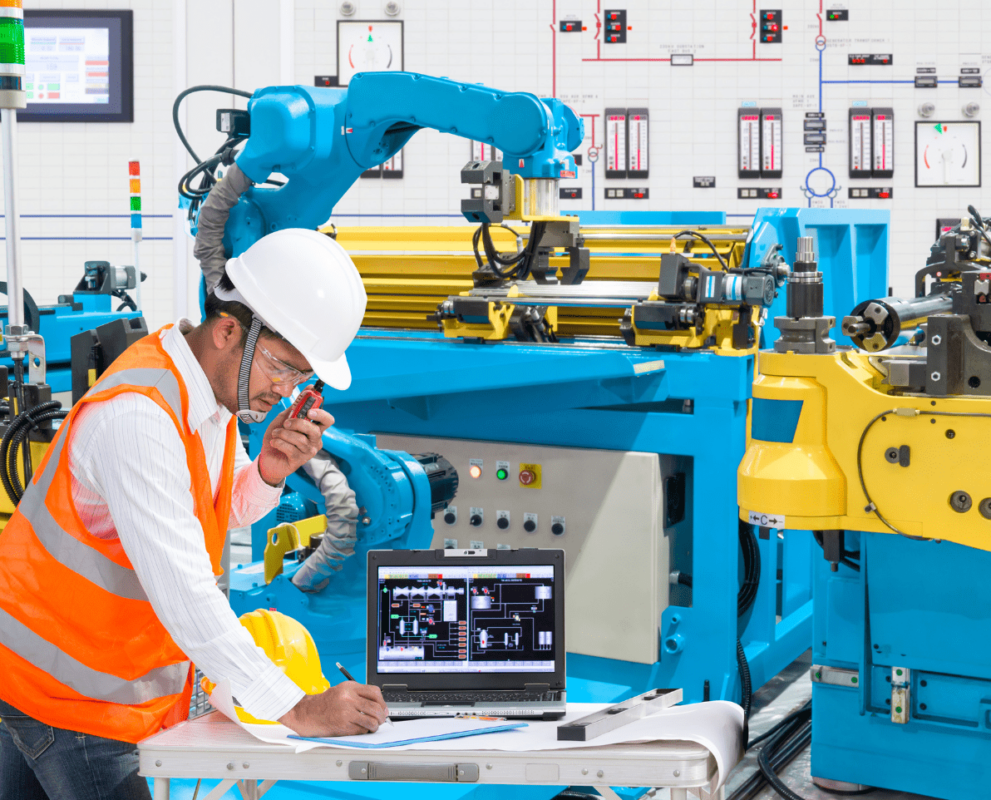

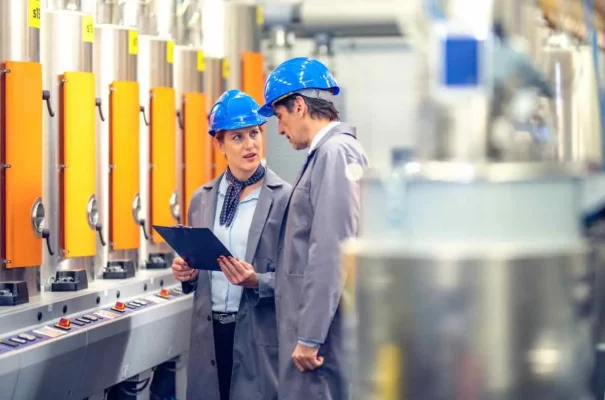
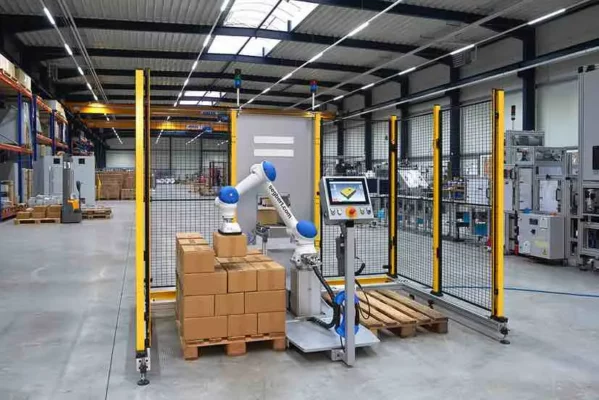
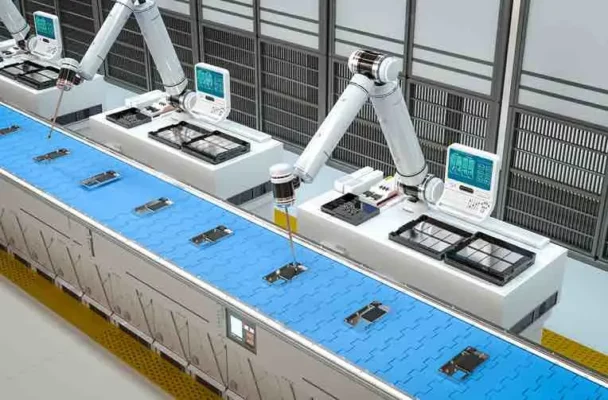

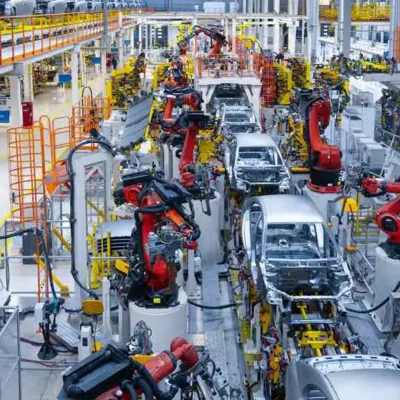
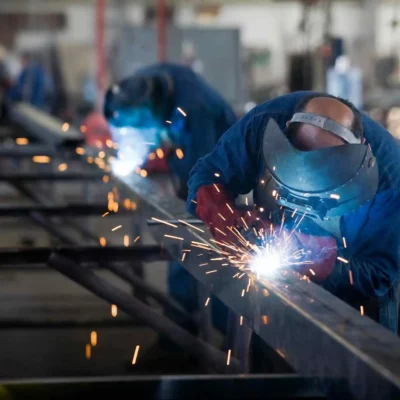
Great article on the pricing of end-of-arm tooling. Your detailed insights help clarify the cost factors and value of these tools in automation. Thanks for sharing this valuable information!